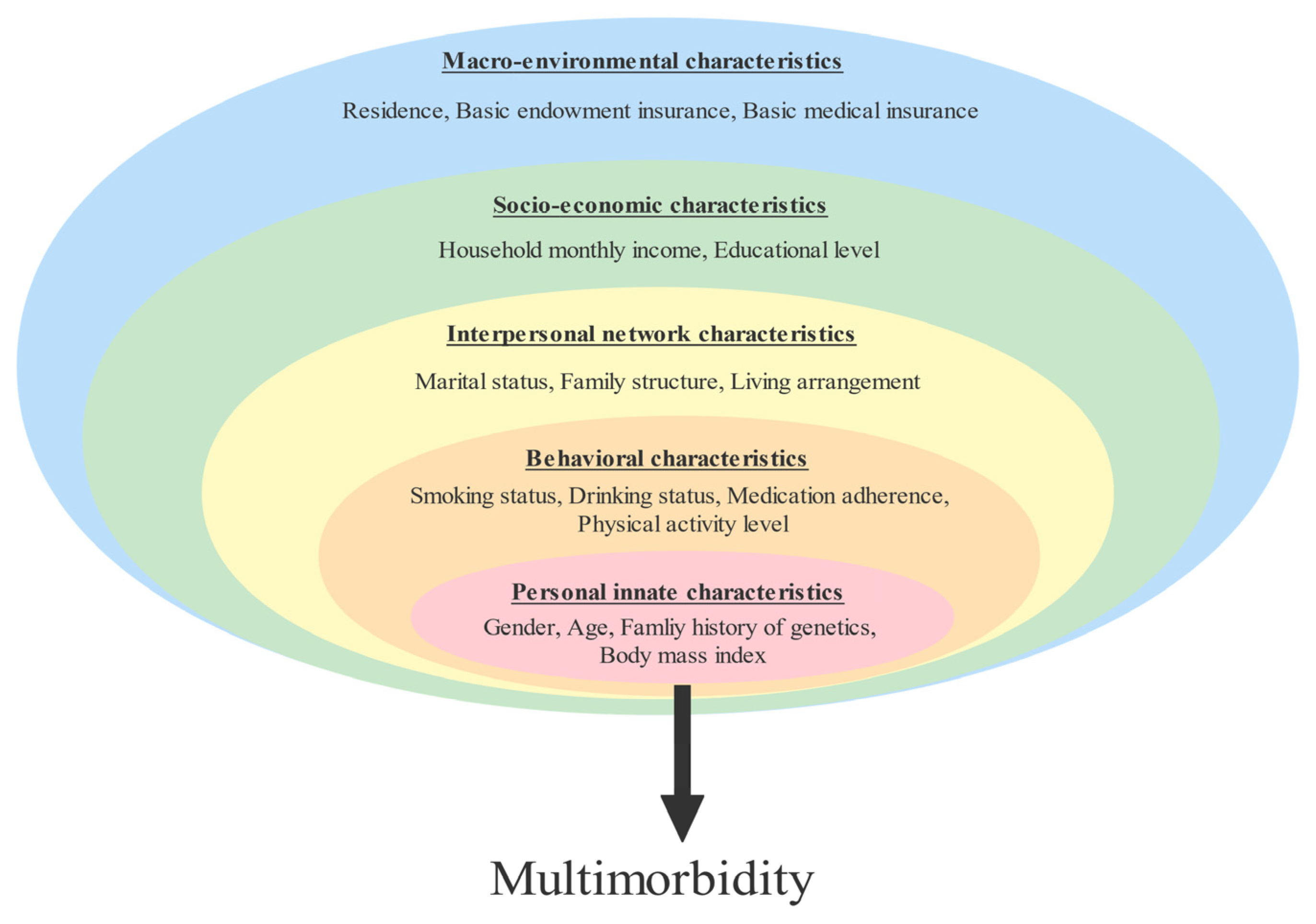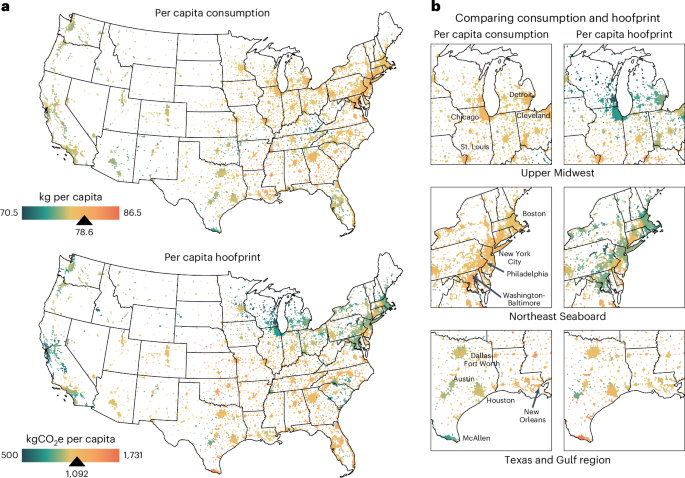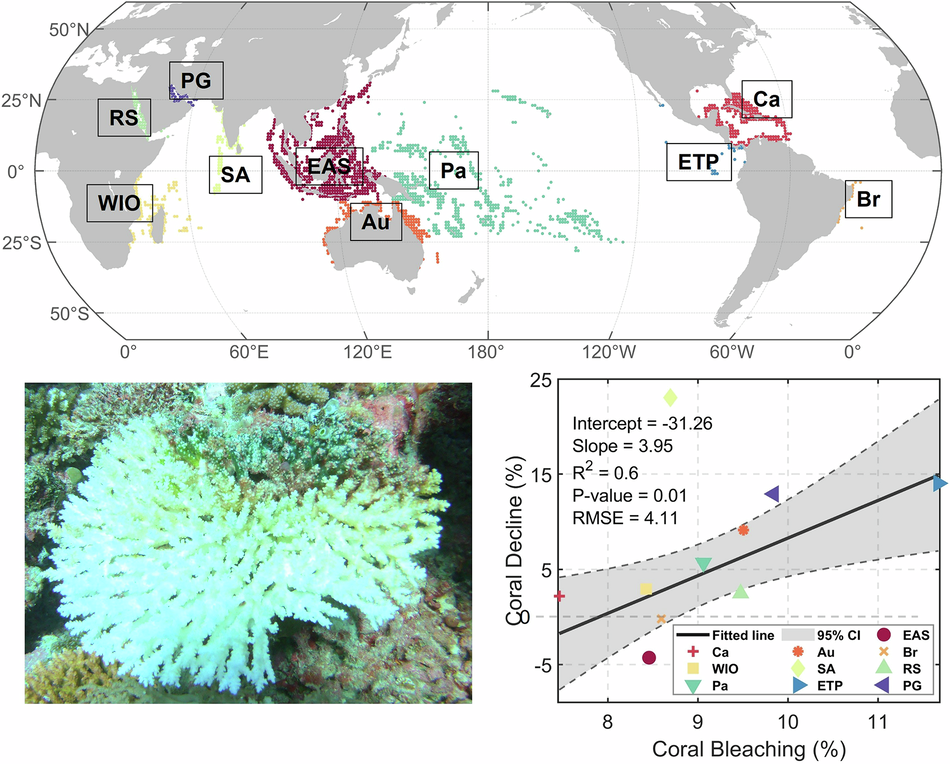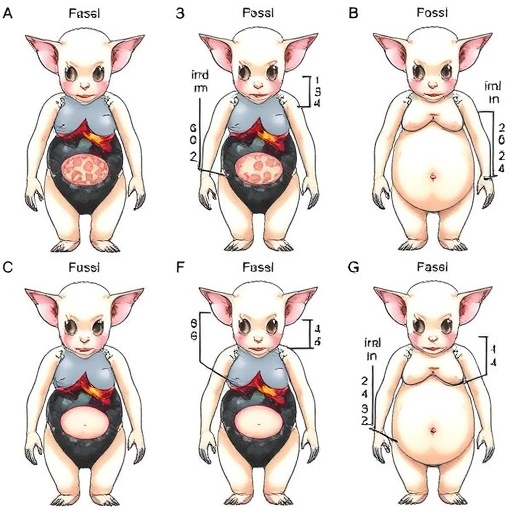Polio vaccination campaign held in Kabul, Afghanistan – Xinhua

Afghanistan Launches Nationwide Polio Vaccination Campaign in Alignment with Sustainable Development Goals
Campaign Overview and Objectives
On July 21, 2025, the Ministry of Public Health of the Afghan interim government commenced a significant public health initiative. The four-day campaign is designed to administer the polio vaccine to a targeted population of 7.3 million children under the age of five across the nation.
- Primary Goal: To protect children from the poliovirus, a highly infectious disease that can cause irreversible paralysis.
- Target Population: 7.3 million children under five years of age.
- Duration: A concentrated four-day period to maximize reach and impact.
Contribution to Sustainable Development Goal 3: Good Health and Well-being
This vaccination drive is a direct and critical contribution to the achievement of the United Nations Sustainable Development Goals, particularly SDG 3, which aims to ensure healthy lives and promote well-being for all at all ages.
- Target 3.2: The campaign directly addresses the goal of ending preventable deaths of newborns and children under five. By immunizing against polio, the initiative is a vital measure to reduce child mortality and morbidity from preventable diseases.
- Target 3.8: The effort supports the objective of achieving universal health coverage (UHC). Providing essential, life-saving vaccines to millions of children, regardless of their circumstances, is a fundamental component of ensuring access to quality health services for all.
- Global Health Security: The initiative is integral to the global effort to eradicate polio, a key public health priority under the broader framework of SDG 3.
Broader Implications for Sustainable Development
Beyond its immediate health impact, the campaign reinforces several other interconnected SDGs.
- SDG 1 (No Poverty) & SDG 10 (Reduced Inequalities): By preventing a disease that can lead to permanent disability, the campaign helps avert catastrophic healthcare expenditures and loss of future economic potential for affected families. This contributes to breaking the cycle of poverty and reducing health-based inequalities.
- SDG 17 (Partnerships for the Goals): National health campaigns of this scale are foundational to the global partnerships required to eradicate diseases. This domestic action aligns with and supports the international cooperation frameworks established to achieve shared global health targets.
SDGs, Targets, and Indicators Analysis
1. Which SDGs are addressed or connected to the issues highlighted in the article?
-
SDG 3: Good Health and Well-being
This goal is central to the article, which focuses on a public health initiative to “Ensure healthy lives and promote well-being for all at all ages.” The polio vaccination campaign in Afghanistan is a direct action to protect children’s health and prevent a communicable disease, aligning perfectly with the core mission of SDG 3.
2. What specific targets under those SDGs can be identified based on the article’s content?
-
Target 3.2: End preventable deaths of newborns and children under 5 years of age.
The article states the campaign aims to protect “children under the age of five from poliovirus.” Since polio can be a fatal disease, this vaccination effort is a direct measure to prevent deaths in this specific age group, contributing to the reduction of under-5 mortality.
-
Target 3.b: Support the research and development of vaccines and medicines for the communicable and non-communicable diseases that primarily affect developing countries, provide access to affordable essential medicines and vaccines…
The article describes a campaign to provide polio vaccines in Afghanistan, a developing country. This action directly addresses the part of the target focused on providing access to essential vaccines for communicable diseases to protect public health.
3. Are there any indicators mentioned or implied in the article that can be used to measure progress towards the identified targets?
-
Indicator related to Target 3.b.1: Proportion of the target population covered by all vaccines included in their national programme.
The article explicitly mentions a quantifiable measure that serves as a direct indicator of the campaign’s scale. It states the goal is to vaccinate “7.3 million children under the age of five.” This number represents the target population for this specific intervention and can be used to measure the coverage and progress of the national vaccination program.
Summary Table
| SDGs | Targets | Indicators |
|---|---|---|
| SDG 3: Good Health and Well-being |
|
|
Source: english.news.cn

What is Your Reaction?
 Like
0
Like
0
 Dislike
0
Dislike
0
 Love
0
Love
0
 Funny
0
Funny
0
 Angry
0
Angry
0
 Sad
0
Sad
0
 Wow
0
Wow
0
















































































